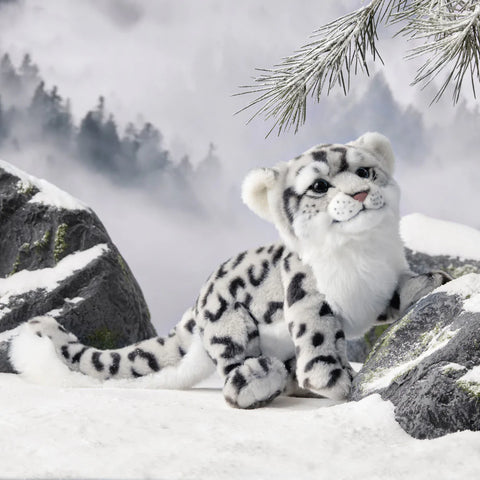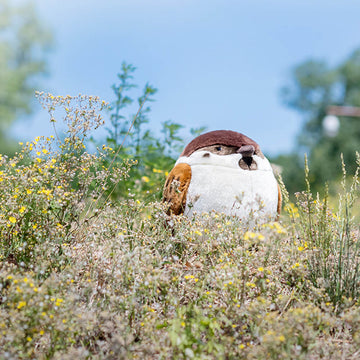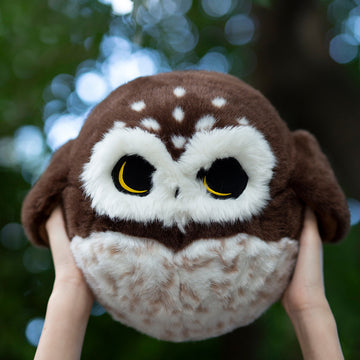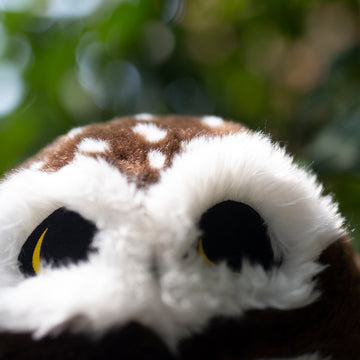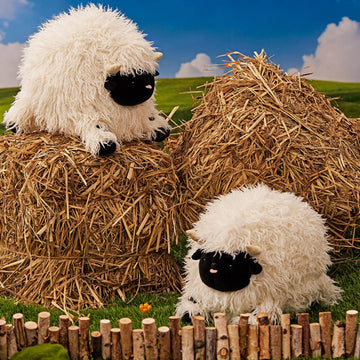World Snow Leopard Day, you should know these knowledge about snow leopards
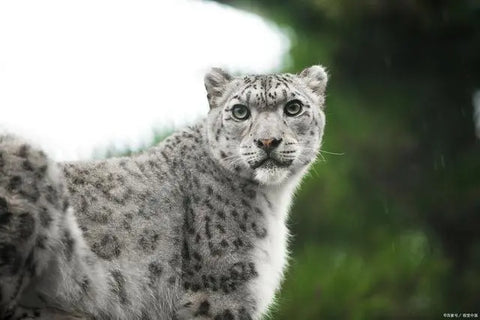
October 23 every year is World Snow Leopard Day, also known as Global Snow Leopard Day. Snow leopards are very beautiful cats. They have gray and white hair, which is thick, fluffy and soft, with black markings on them, and thick and long tails.
If cats are the representative of good looks in the animal world, and snow leopards are the representatives of good looks in the cat family, no matter where, as long as there is a snow leopard, it is a star species.
In zoos, snow leopards are not as common as tigers and lions. Many low-altitude zoos do not have the conditions to keep snow leopards, so people know relatively little about snow leopards.
Habits of Snow Leopards
Snow leopards are the smaller of the big cats, most of them weigh 22-55 kg as adults, and a small number of larger males can reach more than 75 kg. Its limbs are relatively short, and its body hair is thick and fluffy, so the snow leopard looks more chunky.
It has a very long and thick tail, which is good for them to maintain balance when running on bare rock areas, and when resting, it also puts the tail on the muzzle to keep warm.
Snow leopards are plateau species and mainly live in areas with an altitude of 3,000-5,000 meters. Therefore, they have evolved a set of plateau adaptation mechanisms, are very sensitive to oxygen changes, and have highly developed skills such as blood distribution and breathing regulation.
Like most cats, snow leopards live solitary lives, only appearing in pairs during the rutting season. During the day, the snow leopard mainly hides and rests under the rocks, but its activities become more frequent in the early morning and evening. Snow leopards use rocks and other shelters to capture their prey in an ambush.
Since the snow leopard's main activity site is the alpine bare rock area, it is also the cat family with the strongest climbing ability. Animals for food.
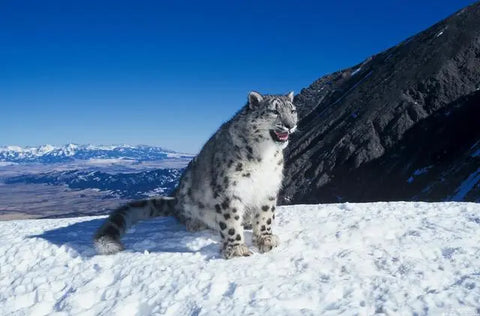
The snow leopard is the only species in the panthera genus that doesn't roar
Many people say that the easiest way to distinguish Panthera species from other cats is to listen to the sounds they make. If they can growl, it is a species in the genus Panthera. If not, it is another cat family such as Felidae.
The first half of this sentence is correct, but the second half is wrong, because all cats that can make sounds like lion roars and tiger roars are all species in the genus Panthera, but species in the genus Panthera, Not all growl, such as the snow leopard, which is the only animal in the genus Panthera that does not roar.
Of course, science is rigorous. Whether you can roar or not depends mainly on the structure of your vocalizations. To put it simply, the hyoid bone of cats that can roar is not fully ossified and has high ductility, and can make roaring sounds; cats that cannot roar have fully ossified hyoid bones and can only make a "grunt" sound .
The hyoid bone ossification of snow leopards is higher than that of tigers, but not as high as that of kittens, which is in between, so snow leopards can neither roar nor make "grunt" sounds. Its cry is between the two, like panting.
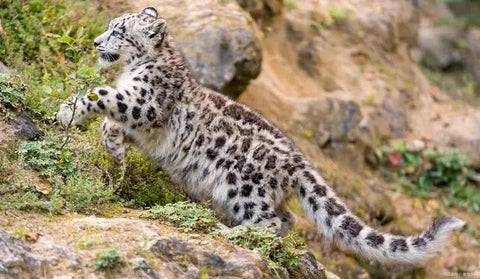
Current status of snow leopards
The snow leopard is a plateau species, and its distribution range is limited to 12 countries in Central Asia, that is, the radiation zone centered on the Qinghai-Tibet Plateau.
In the past, snow leopards were hunted and killed in large numbers because their fur was a high-quality raw material, and their survival status was once endangered. Fortunately, after so many years of protection work, they have been successfully reduced from "endangered" to "vulnerable".
However, changes in the endangered level do not mean a decline in protection efforts. The current survival status of the snow leopard is not optimistic, and its habitat is severely fragmented, especially in some countries in Central Asia, which are affected by agriculture, animal husbandry, mining, etc. In addition to the weak impact on poaching, the threat factors of snow leopards are still relatively serious.
The number of snow leopards in the world is about 7,500. For them, the biggest survival challenge comes from climate change. Global warming is an old-fashioned topic that has been raised long ago. In the past 20 years, the temperature on the Qinghai-Tibet Plateau has risen by 3 degrees Celsius.
In 2016, a group of scientists used modeling methods to study the changing trends of snow leopard habitats in different historical climate periods, and found that about 65% of snow leopard habitats would be severely affected by future climate changes.
At the same time, climate change has also brought new competitors to snow leopards, that is, as the forest line moves, the range of activities of leopards will go to higher places, and the intersection with snow leopards will increase.
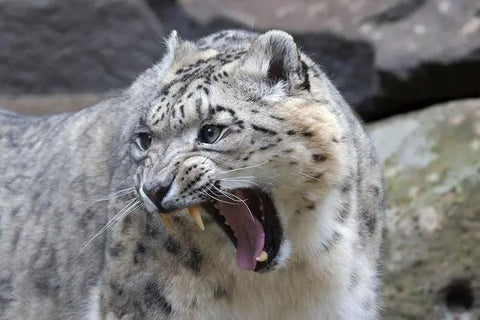
Want a snow leopard? Our realistic snow leopard plush toy is the best alternative!
Our snow leopard stuffed plush toys are the best choice for gifts. I believe people who love snow leopard will be very happy to receive this gift.
Order Here: Realistic Snow Leopard Stuffed Plush Toy
For every snow leopard doll we sell, we donate 30% money to snow leopard rescue organizations on the Qinghai-Tibet Plateau.
